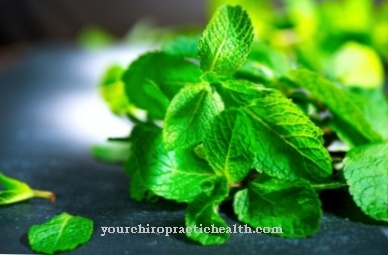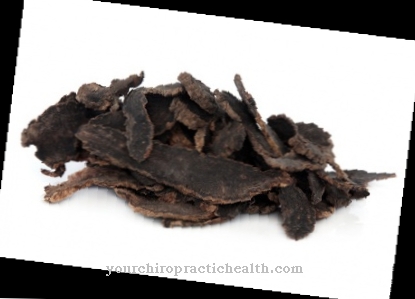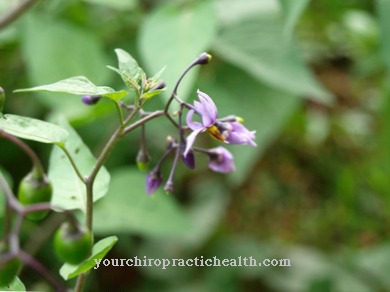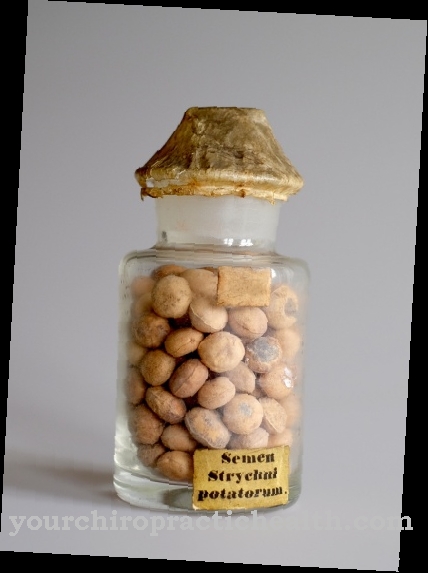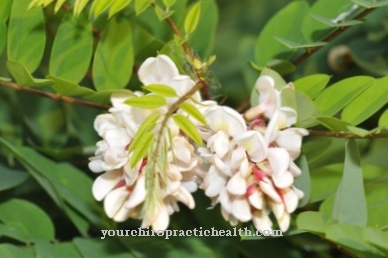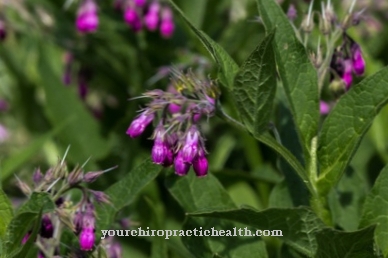Sage (lat.Salvia) belongs to the mint family and is distributed around the world with almost 1,100 species. Most people know sage from toothpaste advertisements or from sage candies for hoarseness and sore throats.
Occurrence and cultivation of sage

At sage are annual or perennial plants that actually come from the Mediterranean region. Their growth is very bushy.
But sage feels at home here too. Sage prefers a sunny location with well drained, chalky soil. The aromatic scent exuded by the leaves is characteristic. The main harvest of sage occurs before the plant begins to flower.
Since sage, like all herbs, is sensitive to light and heat, sage should be dried and stored in air. Either tie in tufts and hang up or leave to dry in the oven at around 40 degrees Celsius. Harvesting on sunny days and in the late afternoon guarantees the highest content of essential oils in sage.
Effect & application
The Latin name already suggests the use of sage hin: Salvia comes from the Latin "salvare" and means "to heal". So sage is a medicinal plant. Its anti-inflammatory, germicidal and pain relieving abilities are confirmed.
Sage also plays a role in lowering blood sugar levels and as an antispasmodic. Ancient people already knew about all of these abilities. But it was not until the Middle Ages that monks brought sage over the Alps and thus to Germany. The real sage has been used as a remedy for centuries, but is also used as a kitchen spice.
Because of its strong flavor, sage should only be used sparingly in the kitchen. The aroma unfolds when sage is roasted with meat dishes. Sage is also popular with offal, fish, pickling cucumbers and salads and sour soups. Quite a few consumers also like sage on pizza and pasta.
The uses of sage as a remedy are many. The first priority is the processing of sage into tea. This tea can be taken internally. But external applications also take place, e.g. with poorly closing wounds. For blemished skin, steam baths and compresses made from sage can help. Cosmetics use sage for toothpaste and mouthwash to refine the aroma. Baths with sage are recommended for festering, oozing skin diseases or for women with menstrual cramps.
Importance to health
The meaning of sage in medicine is very great. Some even call sage a panacea. Because of its astringent, disinfecting effect, sage is used in many areas. Sage is especially known in the form of tea for sore throats and all sore throats.
Sage tea is also used internally for treating laryngitis, coughs and general cold symptoms. Singers drink sage tea when they are hoarse. Sage also aids digestion. Here the stomach is strengthened and the metabolism is stimulated. This supports the reduction of excess weight. Sage is also said to have an antiperspirant effect. This is particularly beneficial for women going through menopause, who often suffer from profuse sweating.
Sage also plays an important role in nursing mothers. Sage curbs milk production - this is important when weaning and preventing milk congestion. Applied externally, sage helps with ulcers, eczema and poorly healing wounds. Problems with insect bites can be alleviated, as can rheumatic pain. Sage wines help with diabetes and nervous states of exhaustion. Used in good time, sage can even make chemical drugs superfluous.

